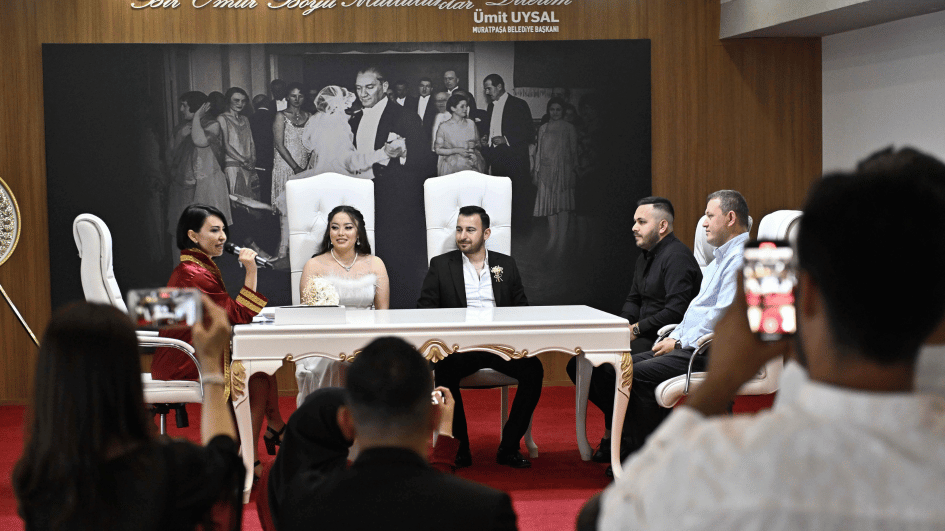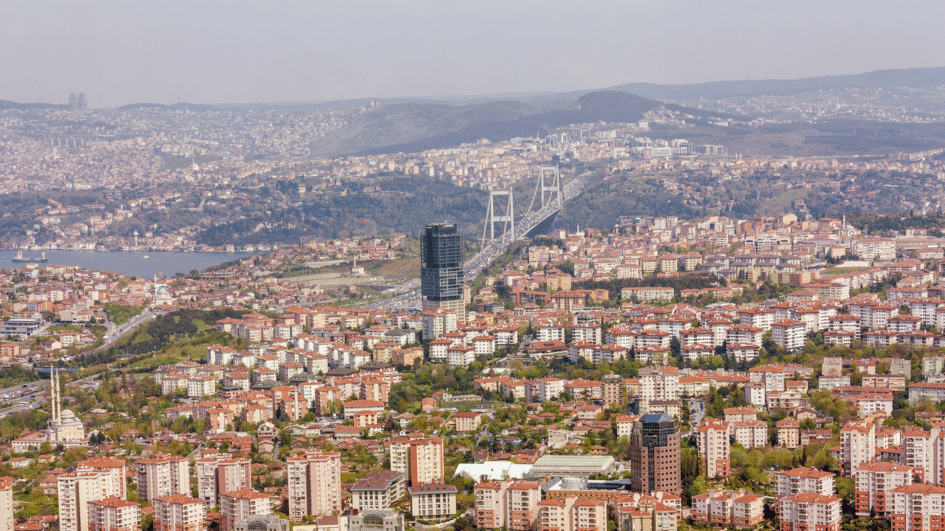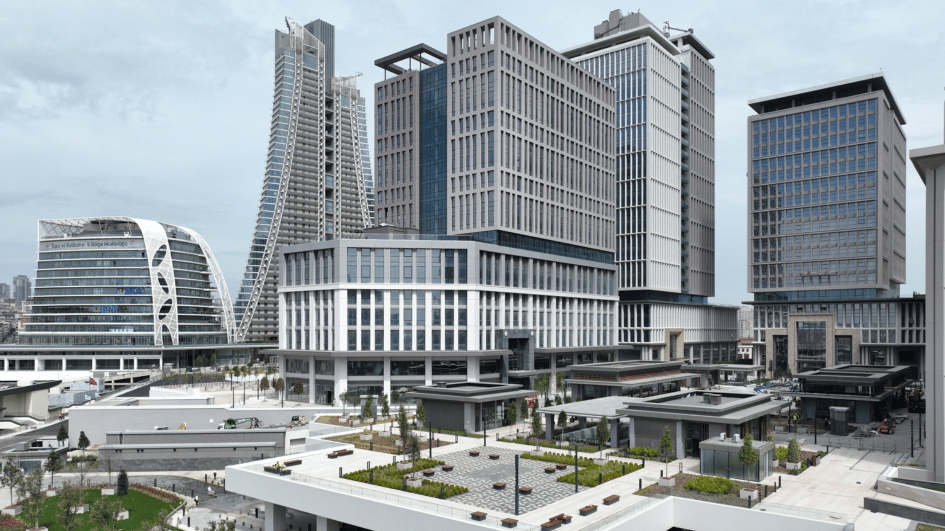Hamra Abbas questions ‘City and the Everyday’
ISTANBUL

Hamra Abbasis an artist of nomadic temperament, and her themes range from the poetic, to the political, to the absurd.
ILOT is hosting “City and the Everyday” by Hamra Abbas, the winner of the 2011 Abraaj Capital Art Prize, between April 3 and May 19.Abbas has been exhibiting for a numbers of years in important international venues. The sheer diversity of her work, both in terms of form and content, has become her hallmark: clearly, she defies definition, and resists attempts to situate her work under any one label. Several strands of thought at times suffuse into a single piece, while at other times they curve away toward unexpected directions, resulting in diverse projects.
She is an artist of nomadic temperament, and her themes range from the poetic, to the political, to the absurd. In a way, her works have an antinomian quality despite the meticulous attention to detail, whether it is sculpture, painting, or photography. This unique combination of rigor and fluidity of practice stems from the artist’s ability to choose her medium in relation to her conceptual repertoire, a rare feat.
Speaking about her journey in art, Abbas said: “I have been living in Cambridge for approximately four years now, experiencing its four seasons, and watching the nearby Charles River freeze into ice, and then back into water once each year. This is the fourth city in which I have made my home, after Lahore, Berlin, and Islamabad. Since my first visit in 2007, I have also returned often to Istanbul. I have worked in all of these places and drawn inspiration from the humdrum of the everyday.”

Over the years, she has consistently produced work that involves an element of interaction with people, whether in installations, sculpture, or miniature painting. For her new series “Idols,” Abbas said: “I have been taking photographs of people in Cambridge and Boston over the last year and in Istanbul more recently. During this time, news of economic slowdown, high rates of unemployment and the Occupy Movements have been constantly in focus in the media. My aim was to take note of the quotidian in my interaction with the immediate environment. I took to photography as the most effective and efficient means, and photographed random people doing daily chores. I photographed people working at the supermarkets, post offices, deli stores, restaurants, gas stations, construction sites, street vendors, handy-men, and taxi-drivers [and so on].” The project gradually turned into a photo journal of the day-to-day. Asking to take people’s photograph for no reason other than her being an artist animated and displaced the moment and expanded time. Later on at night, she would organize her photographs to reflect on the portraits, and on the memory of those brief moments shared with strangers in public spaces.
“I would turn each photograph into a tiny sculpture and put it away in a box. Over a period of time, I collected a number of boxes, and hundreds of heads,” she said. PILOT will display a selection of 22 heads as prints at the exhibition.
“Objects” is a set of new paper sculptures, which looks like a landscape of ordinary objects. According to the artist, the notion of the everyday is often mistaken as being synonymous with ordinariness, but in reality it is suffused with history, ideology, and other evocative subtexts. Also on display is a new stained-glass window, Abbas’ first after the monumental “Woman in Black” (2011) that she created for the Abraaj Capital Art Prize.
















